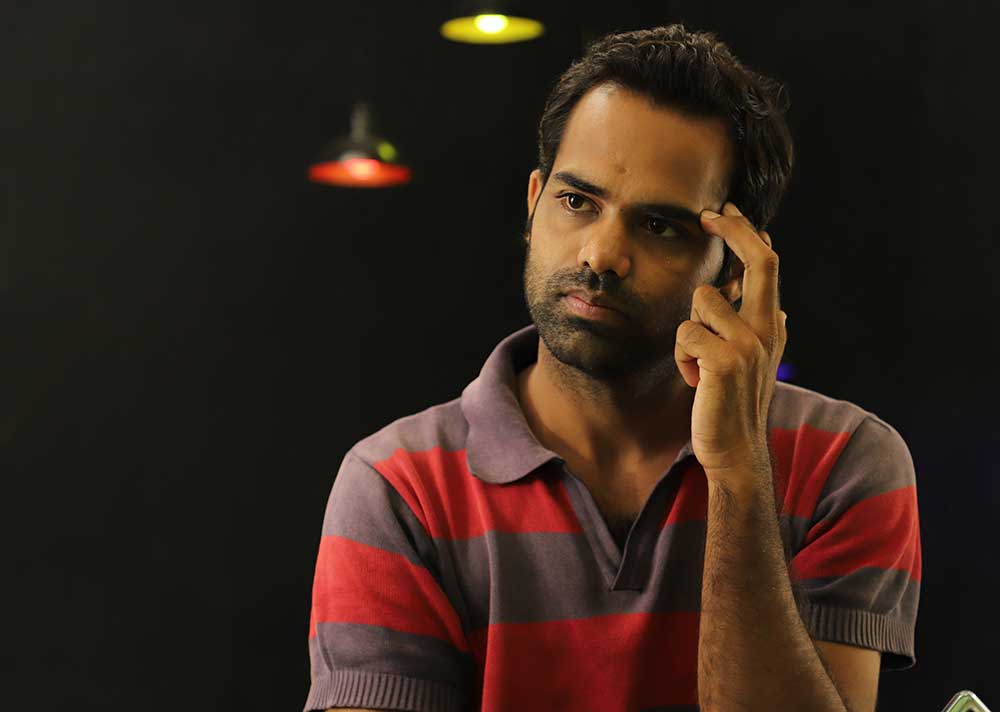
Myotherapy for headaches and migraines
Headaches and migraines seem to be more common these days, and with busier lifestyles and cramped schedules dominating our day-to-day, there’s little time for respite when one comes along.
We all know what a headache feels like and unfortunately many of us have experienced the thudding impact of a migraine coming along to ruin our day!
Whether it is a stock-standard tension headache or a blinding migraine, we all want to get rid of these as soon as possible, they’re just no fun at all.
There are many different kinds of headaches, and even more causes and symptoms related to these headaches.
Normal-tension headaches generally occur due to muscular imbalances, postural dysfunction, or inflammation of the muscles.
If you’re experiencing frequent or severe headaches, or headaches combined with other symptoms of concern, it’s best to have a chat with your doctor.
But if you suspect your headache is the result of muscle tension, TMJ or basically any sort of physiological cause, a myotherapist could be a great option for you.
Two common types of headaches are:
-
Vascular Headache
The common vascular headache is popularly known as a Migraine. There’s a saying that if you aren’t sure if you’ve ever had a migraine, you haven’t had one. That’s because they differ from a migraine in severity, with a thudding ache and feeling of urgency that is all consuming. There’s no ‘working through’ a migraine, it’s ‘lights off’ and shut down time for most when they happen to strike.
Migraines are often accompanied by nausea and sensitivity to sound and light, but they can also include more alarming symptoms such as speech impairment, aphasia, and disturbed vision, known as ‘auras’.
In cases of severe or recurring migraines, it is recommended you speak with your doctor and get a detailed assessment before undertaking myotherapy or other professional health treatments. In some cases, a letter may be required from your doctor to show that you have investigated and received treatment for any more serious underlying causes for migraines and associated symptoms.
- Cervicogenic Headache
Cervicogenic headaches are one of the more common types of headaches and while they are less acutely debilitating than vascular headaches, ongoing cervicogenic headaches can cause discomfort and distress if they increase in intensity or frequency.
Known as a ‘secondary headache’, they are generally the result of a referred pain from surrounding muscles, fascia, nerves, or tendons. That’s why massage, myotherapy massage in particular, is a great way to alleviate acute headaches and associated pain.
If the headache is in fact a by-product of a muscle issue, it makes sense to treat the primary issue, rather than just the headache, right?

What is Myotherapy?
Myotherapy is a muscular therapy designed to prevent, treat and manage muscular injury and/or dysfunction.
Myotherapy treats pain and provides rehabilitation to the soft tissue by using several physical modalities. It aims to improve muscular strength, flexibility, and decrease pain.
Myotherapy can be used for assessing and treating various injuries or conditions if the recurring causes are related to strains, sprains, and postural defects generated by recreational and occupational habits.
The therapy consists of assessment, treatment, and management of the pain associated with soft tissue injury and any restriction of joint mobility that is caused by myofascial or muscle dysfunction.
Can Myotherapy help ease headaches or migraines?
Sometimes drinking a little more water, getting a good night’s sleep or taking a few Panadol are enough to ease a headache. However, medications often only serve to mask the pain and in turn, the issues causing pain.
In some cases, a headache or migraine is just that, a one-off disturbance which although none of us enjoy, we understand is a part of life.
In other cases though, particularly in the case of chronic or ongoing headaches or migraines, Myotherapy is a great way to reduce pain and discomfort while also treating underlying issues such as muscular tension or dysfunction.
Different Types of Massages
Here are a few types of massages used in Myotherapy for headaches and migraines:
- Remedial massage
- Deep tissue massage
- Myofascial release
- Trigger point therapy
- Dry Needling
- Relaxation of tight muscles

Myotherapy for Headaches
With Myotherapy for headaches, the goal is to release tension without aggravating a person's symptoms. The practitioner starts by undertaking a thorough assessment with the client and putting together a customised treatment plan depending on your needs and goals.
While patients could perform some light massage themselves to alleviate pain and encourage blood flow, potentially reducing headache symptoms, Myotherapists utilise their expert understanding of the human body, anatomy and physiology into massage techniques and manual therapy interventions to combat headache symptoms and address any underlying issues causing discomfort.
Your myotherapist will work with you using a range of techniques to release tension in the muscles and fascia to reduce to occurance of headaches and migraines.
Myotherapy for Migraines
Myotherapy for migraines is similar to myotherapy for headaches in the process of assessing, treating and ideally, eliminating their primary causes.
While there is some debate as to the exact cause of migraines and no doubt a vast range of differing factors between individuals, your myotherapist will work with you to develop a personalised treatment plan to target your specific goals and issues.
It can help to keep a record of ‘migraine events’ if you have a tendency to experience them frequently or they have come on suddenly, as your myotherapist may be able to help you ascertain if they are a result of dietary, environment or physical factors.
Myotherapy can help not only to alleviate migraines and their unsettling after-effects, but depending on what your triggers are, myotherapy may be able to help you in reducing their severity and occurrence.
Myotherapy Assessment
In the first sitting, the myotherapist will talk to you about your concerns and conduct a physical assessment. This is done to determine the best and most effective treatment for the patient. Your first session might look like this:
- Physical Examination
- Range of Motion Testing
- Postural Assessment
- Orthopedic Assessment
- Neurological Testing
- Active Palpation
- Passive Palpation
Techniques used in the Treatment
- Manual Soft Tissue Techniques that include Myofascial Release following a Deep Tissue Massage
- Trigger Point Therapy
- Dry Needling by using Acupuncture Needles into the Injured Muscle Tissue
- Muscle Stretching
- TENS Therapy by using a Light Electrical Current to stimulate the muscle.
- Posture Corrective Exercises such as strengthening exercises or stretching that had to be undertaken as homework
- Hot & Cold Therapy
Headaches and migraines may occur due to a number of reasons such as poor posture, hormonal issues, too much screen time, disease, stress, injury, and fatigue.
Myotherapy for migraines focuses on the musculature of a person's body to locate tight or strained muscles which may be responsible for causing or exacerbating your headaches. Your myotherapist may also use specific techniques to release tension in the muscle areas and fascia.
Furthermore, therapy will not only help you in reducing the pain and discomfort related to these headaches and migraines. But can also assist in the treatment of the underlying root cause of headaches.

Importance of Myotherapy
Advanced Myotherapy aims at providing complete relief to the patient, making them more flexible and efficient in the process. The results of Myotherapy for migraines and headaches are generally permanent or long-term, but it is a case-by-case basis and not a cure-all.
Myotherapy uses lots of techniques to identify and trigger the affected areas to restore complete range of motion in the vitally influential alignment of the neck, shoulder, and spine.
This has proven to be helpful in efficient pain management and correcting the posture of patients. Myotherapy for headaches releases the restricted muscles that put pressure around your neck area to prevent issues that are related to bad posture or lifestyle concerning physical imbalances.
People often get temporary relief with the help of various methods and modalities of treatment. However, Myotherapy is becoming a more popular method of treatment as we begin to understand it as an advanced and holistic approach towards resolving pain and muscular-skeletal issues.
Relieve headaches and migraines with myotherapy today
If you are looking for an efficient and lasting way of easing migraines or headaches then Myotherapy is a great option for you.
Book Now or call us anytime to make an appointment or find out more about treatment options.
https://thrivehealthco.com.au/
https://elitemyotherapy.com.au/self-treatment-for-headaches/
https://melbournenaturaltherapies.com.au/myotherapy-for-headaches/
https://www.advanced-myotherapy.com/myotherapy-for-headaches/
https://www.myotherapyandmovementclinic.com.au/headaches-1
Serving areas near Berwick, Harkaway, Beaconsfield, Hallam, Clyde and surrounds.
Designed by GG.
